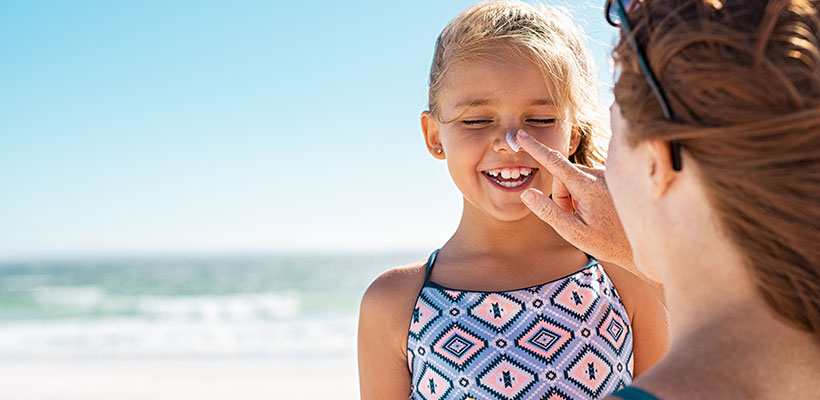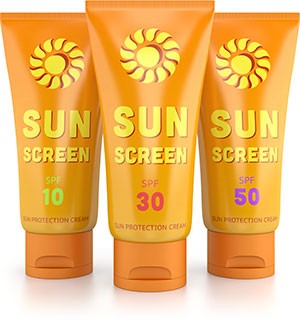
Sunscreen Explained
SUNSCREEN EXPLAINED
The Skin Health Institute recommends using a sunscreen with an SPF of 50+.
No sunscreen will block 100% of UV rays, which is why it is important not to spend prolonged periods of time in the sun, even whilst wearing sunscreen.
Most people don’t use enough sunscreen and because sunscreen tends to wear or wash off after time, you should reapply an SPF 50+ sunscreen every two hours, regardless of its strength.
THE ‘+’ SIGN
The plus sign means ‘more than’. For example, SPF50+ sunscreen must provide at least SPF60 in testing. This is because the same batch of sunscreen will test slightly differently in different laboratories with different methodologies. By testing at SPF60, it removes any margin for error.
Sunscreens are made of a mix of ingredients to help prevent the sun’s ultraviolet (UV) radiation from reaching your skin. They come in a range of SPFs.
SPF stands for Sun Protection Factor and measures a sunscreen’s ability to prevent one type of UV radiation called UVB (think B for burning) from damaging the skin. UVB rays cause sunburn and several types of skin cancer.

SPF 15, 30 AND 50
Ideally, sunscreen should be applied about 20 minutes before being out in the sun, so it has time to absorb into the skin. Once you are out in the sun and are sunburnt, sunscreen will be useless.
Sunscreen should form part of overall sun protection that includes clothing, hats, seeking shade and avoiding being out in direct sunlight when it is brightest (SLIP on a shirt, SLOP on some sunscreen, SLAP on a hat, SEEK shade, SLIDE on sunglasses).
WATER RESISTANCE
Water resistant sunscreen means that it does not come off the skin during swimming or exercise, provided it is not wiped off. Some labels will state that the sunscreen is ‘4 hours water resistant’ but you should still reapply sunscreen every 2 hours to maintain the same level of protection.
BROAD-SPECTRUM
Broad-spectrum sunscreens filter both UVA and UVB rays. UVB is the principal cause of sunburn, but both UVA and UVB contribute to increased skin cancer risk.

